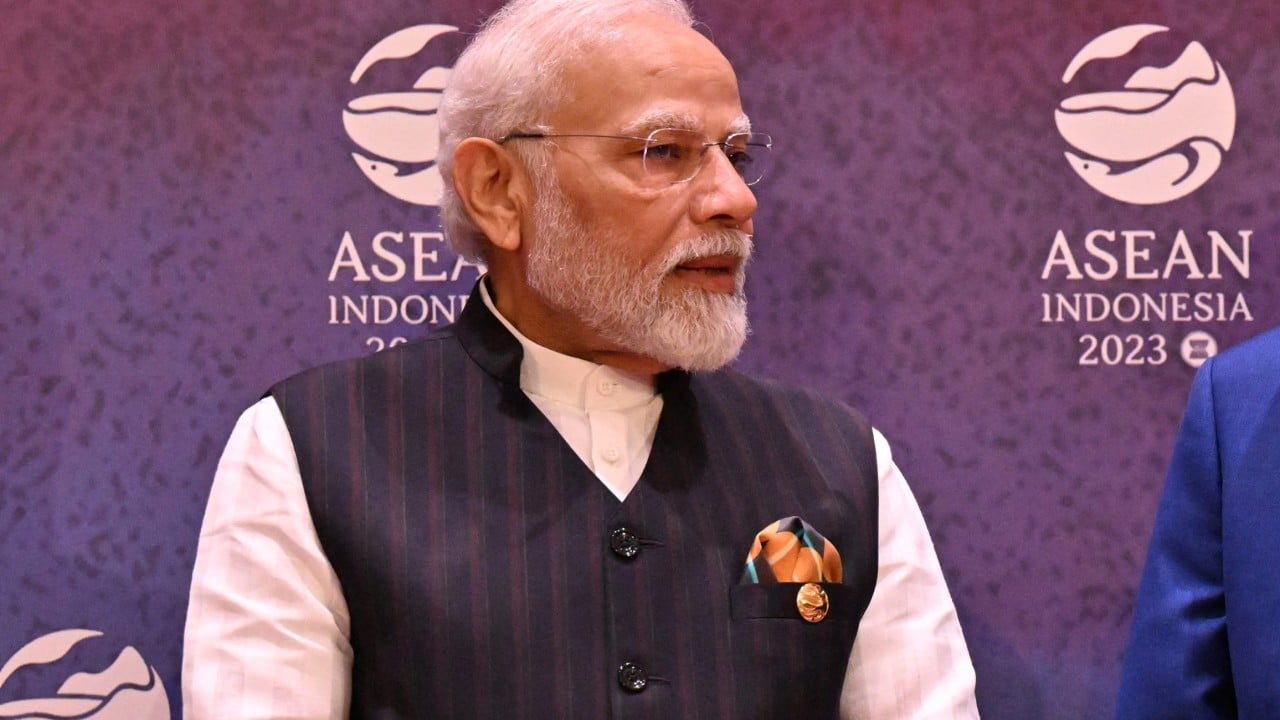India faces a delicate balancing act as it prepares to review zero-duty imports under its free-trade agreement with Southeast Asian nations.
On one hand, domestic businesses are anxious about cheap imports flooding the market. On the other, New Delhi must safeguard its strategic interests in maintaining ties with Asean.
Economists like Biswajit Dhar, a professor at the Council for Social Development in Delhi, warn that the FTA has provided a back door for China to route duty-free supplies into the Indian market, eroding the competitiveness of local companies.
“While there is a case [to raise import duties], we will have to tread carefully,” Dhar said. “Any talk of increasing duty will be like jarring notes,” he added, noting that FTAs also signify strategic partnerships that extend beyond just economic ties.
India’s coming talks with the Association of Southeast Asian Nations, scheduled for July 29-31 in Jakarta, will test its ability to strike this balance.

The Asean bloc, which includes some of the region’s fastest-growing economies, presents a formidable challenge for India. Chinese firms have a strong presence across the 10 nations – Indonesia, Malaysia, Singapore and Thailand among them.
In the broader context of maintaining strategic partnerships, Delhi should avoid taking drastic measures to avoid pushing the bloc deeper into Beijing’s rival sphere of influence, Dhar warned.
Bilateral trade under the Asean-India Trade in Goods Agreement reached US$122.67 billion last financial year. The pact, signed in 2009 after six years of negotiations, aims to achieve a free flow of goods and deeper economic integration.
But Delhi is concerned that this trade is skewed in favour of Asean, which is a formidable manufacturing powerhouse. Much of India’s trade under the agreement is directed towards Singapore, Malaysia, and Thailand.

Domestic compulsions
As India reassesses its trade ties with Asean, one solution on the table is strategic tariff adjustments within the Asean-India Free Trade Area framework.
“India might consider adjusting import tariffs on specific items, such as mobile phone and automobile parts,” said Soumya Bhowmick, an associate fellow specialising in sustainable development and globalisation economics at the Observer Research Foundation think tank.
“The agreement allows certain products to be included on ‘highly sensitive lists’ and ‘exclusion lists’, which can be reviewed annually. This flexibility enables India to manage the impact on domestic industries by adjusting tariffs to support local manufacturers and address trade imbalances.”
India has been on a mission in recent years to steer its economy from the services sector more towards manufacturing.
India can protect its burgeoning manufacturing sectors, encourage domestic production and enhance its self-reliance
“India can protect its burgeoning manufacturing sectors, encourage domestic production, and enhance its self-reliance while still adhering to international trade agreements,” Bhowmick said. “Negotiations with Asean partners would ensure these measures are balanced and mutually beneficial.”
However, this delicate balancing act comes with its own risks. Experts say India will need to provide robust evidence of cheap imports flooding the market to justify tariff increases.
If Delhi seeks to increase duties on specific items, it may be required to offer compensation by lowering tariffs in other areas, Dhar of the Council for Social Development cautioned.
Such actions could also risk damaging India’s reputation among global investors, who have often criticised its perceived protectionist trade regime – although some economics argues this is overblown, noting that the country’s surging exports and imports now rank among the top 10 in the world.
“There is this perception about India being a protectionist country, but in actuality this is not true,” said Sujan Hajra, group chief economist and executive director at Mumbai-based Anand Rathi Financial Services.
The high tariff rates set at the World Trade Organization do not reflect the actual lower tariffs India applied in practice, he said.


